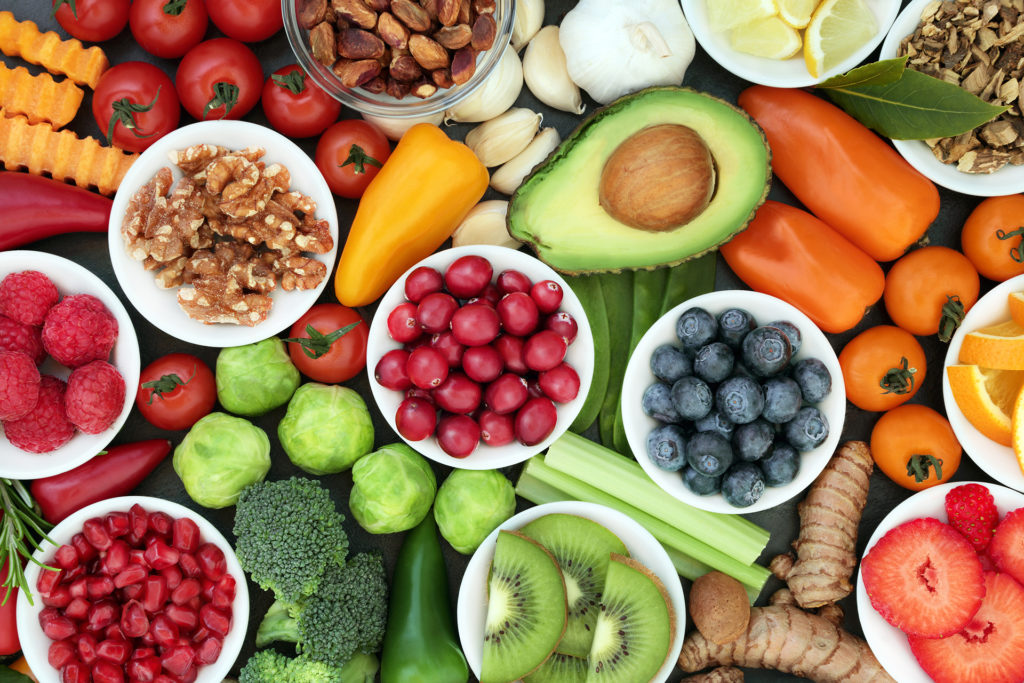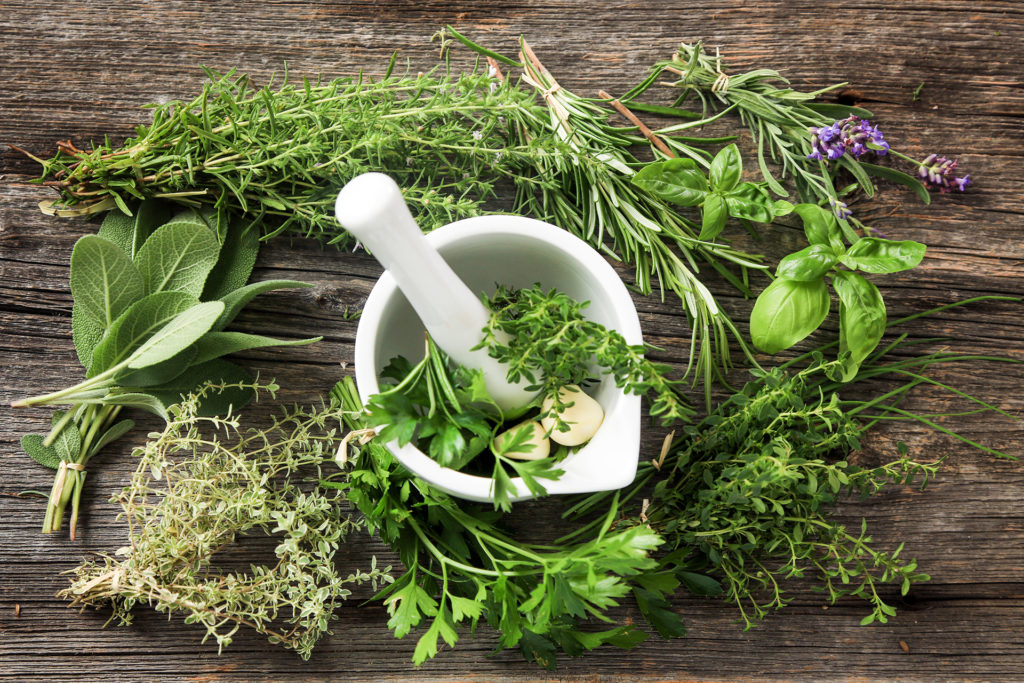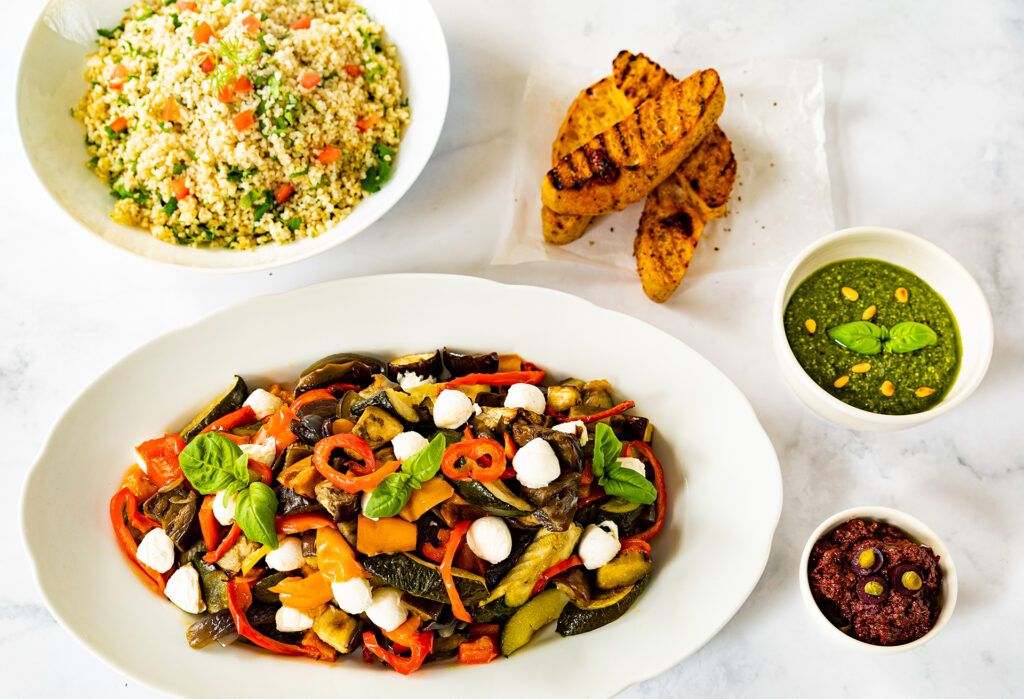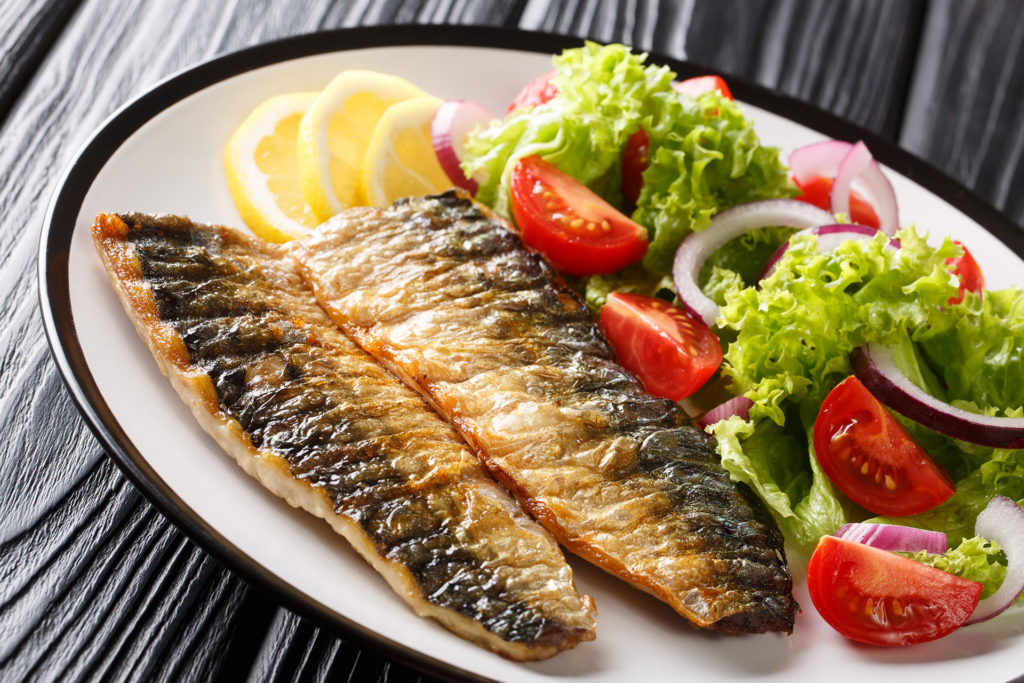Easy Ways To Help Your Digestion

Do you suffer with digestive problems? Not sure how to ease them? Help is at hand.
“Looking after your gut doesn’t have to be tricky,” says Dr Joan Ransley.
“Many foods that are an integral part of a gut-healthy diet, such as oats, beans, vegetables and nuts, are likely to be in your cupboard or fridge already.
It’s these ingredients that can form the base for nutritious meals, which don’t only taste great, but can also assist your everyday wellbeing.”
25% of us are expecting to have more dinner parties than we did before the pandemic, so it’s important to consider the needs of friends and family when planning your menu.
Dr Joan advises:
-
Put plant foods first… and eat 30 a week!
Plant foods are the foundation of a gut-friendly diet, so when you’re cooking for a healthy gut, remember “plant foods first, meat and animal produce second”.
Plant foods such as
- fruit and vegetables
- nuts and seeds
- legumes (beans and pulses) and
- herbs and spices
provide a diverse range of compounds for the ‘good bacteria’ in the gut to feed on. Introduce more plant foods into your diet, by making small changes one step at a time.
For example, aim to eat a new fruit or vegetable each week, or try swapping your usual mid-morning snack for a handful of nuts to increase plant variety in your diet.
30 is the recommended number of different plant foods we should be eating every week.
It sounds a lot, but all minimally processed plant foods count towards this total – anything from a clove of garlic to nuts, seeds or even wholegrain pasta.
To get to 30, each unprocessed plant-based food has a plant type score, which then contributes to the 30 points a week. Foods such as fruit, vegetables, wholegrains, beans and pulses, nuts and seeds all count as 1 point each – with herbs and spices ¼ point each. Remember, a wide variety of plants and colourful fruit and veg are key!
-
Fermented foods are your friend
Another easy way to improve the diversity of your gut microorganisms, is by introducing more fermented foods into your diet – such as live yogurt or kombucha. These fermented foods have been shown to increase diversity in the gut microbiome which could help to support the immune system.
-
Eat plenty of wholegrains
To help keep the gut healthy, you should also be including wholegrains into your diet. Whole grains such as whole wheat, spelt brown rice, oats and quinoa, contain soluble and insoluble dietary fibres and a range of bioactive phytochemicals that can help improve overall health due to their antioxidant properties.
-
Cooking for someone with a gut condition? Make sure you plan!
No two gut issues are the same, so if you’re cooking for someone else who has a gut health issue, make sure you have as much information about their condition as possible (in advance), to make sure you cater for their needs.
As a starting dish idea, offer grilled lean meat or fish or plant protein options like tofu. This can be flavoured with herbs such as parsley or dill, and served with steamed green vegetables, such as spinach, and steamed new potatoes or rice.
- Avoid serving too much fat which can upset the gut
- Avoid basing a meal around pulses or wheat, which are high in fermentable carbohydrates. These can trigger symptoms in some people due to the type of fibre in those foods.
If you are cooking for a special occasion, choose a recipe with a variety of ingredients. This way, if a guest cannot eat one of more ingredients, you can omit them or swap them for something else.
-
Prep to stop stress (and gut symptoms!)
Cooking for guests can sometimes be a stressful job, and stress can lead to an upset gut. So, take the stress away for your next dinner party, and prepare a dish in advance that is still guaranteed to please.
The Platter of Roasted Mediterranean Vegetables, which I created for this year’s Love Your Gut Week, is a perfect example of how gut-friendly food can be prepped, with just small finishing touches needed before serving.
-
Include fish in your dish
Long chain omega-3 fatty acids are good for the health of the gut, and can be found in fish such as sardines, trout, mackerel, pilchards and salmon. Salmon tastes great on rye sourdough toast with a squeeze of lemon and some black pepper, and mackerel is tasty when simply grilled and served with salad.
Tinned fish can be a good way to include oily fish in the diet at a lower cost. Try tinned sardines or salmon, both delicious in pasta dishes and salads.
Both smoked and fresh salmon are great to eat in salads and with fresh vegetables. Aim to eat one portion of oily fish a week. Alternatively, walnuts, pumpkin seeds and chia seeds can provide a source of omega-3s.
More tips and recipes
To help combat confusion around what foods are best to eat for gut health, and to inspire everyone to get creative (the gut-friendly way) in the kitchen, Love Your Gut has launched a brand new Eating Well guide. It includes expert advice, cookery school tips and recipes from Dr Joan Ransley. You can download it here for free!
For further information and recipe inspiration, please visit loveyourgut.com or Facebook @loveyourgut











